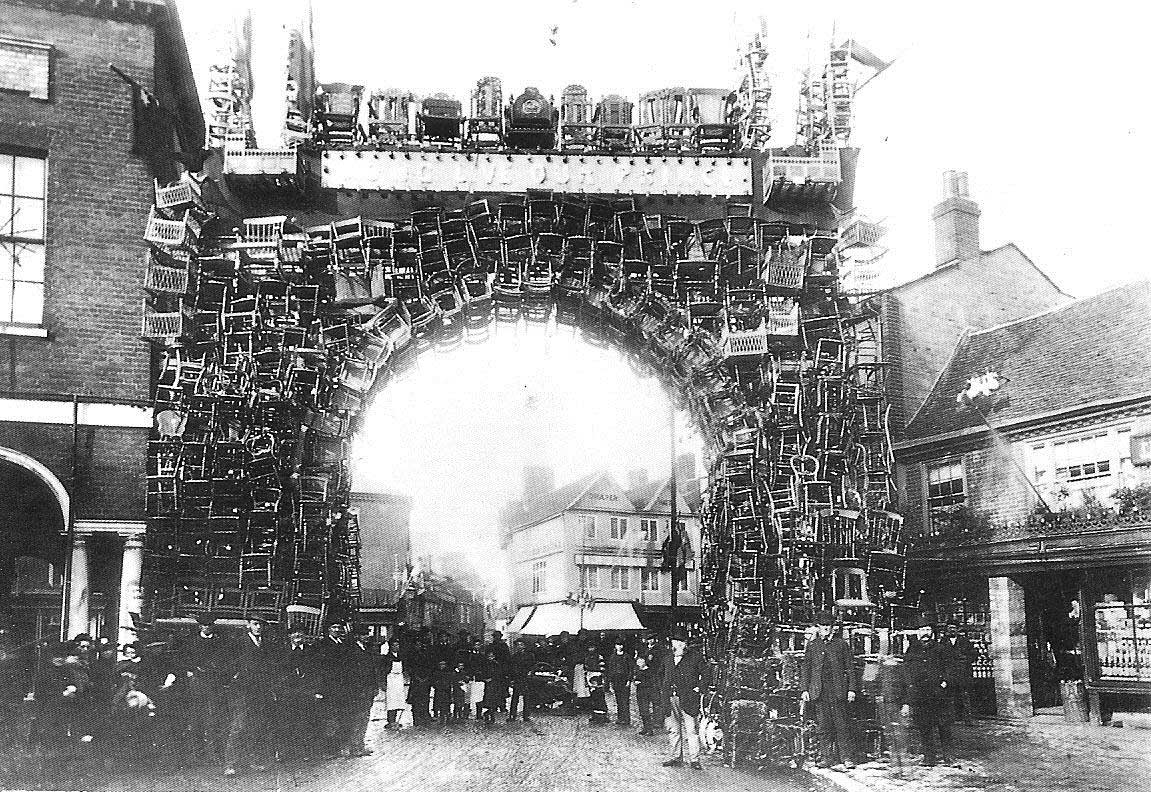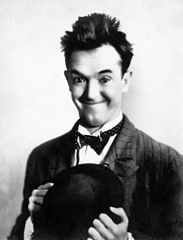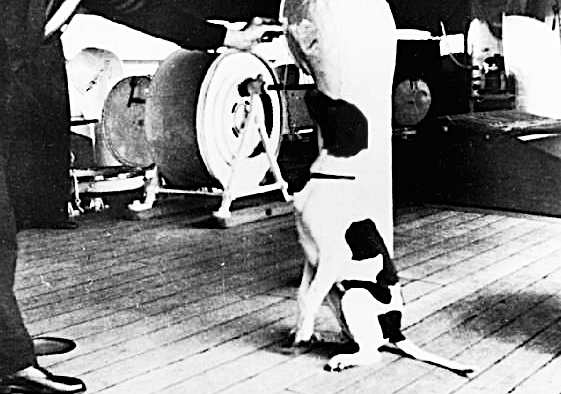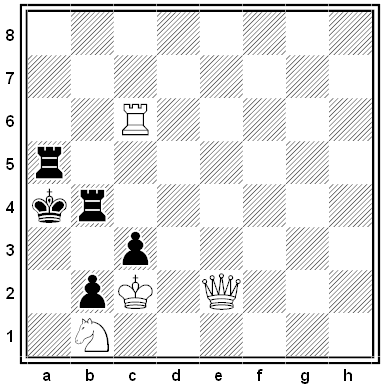
High Wycombe, a town of furniture makers, historically celebrated important visitors with arches of chairs. The most famous marked the arrival of Prince Edward in 1880; three years earlier a similar arch had arrested Queen Victoria on her way from Windsor Castle to Hughenden to visit Lord Beaconsfield.
“It was made up of chairs of all kinds, and bore the words, ‘Long Live the Queen,'” read the Annual Register. “Her Majesty’s attention was specially attracted by this curious structure, and the Royal carriage was stopped that its occupants might have a better view.”




